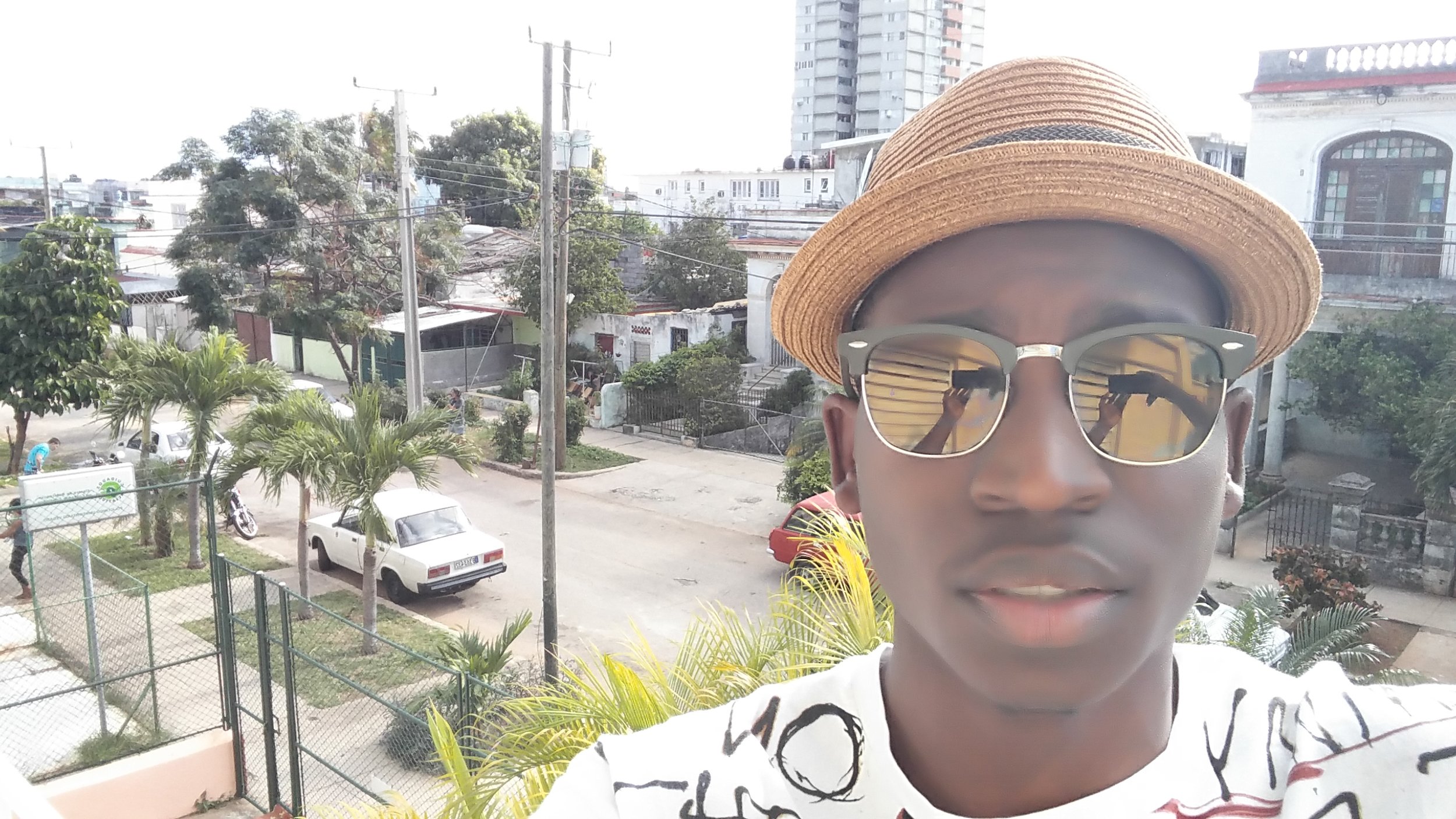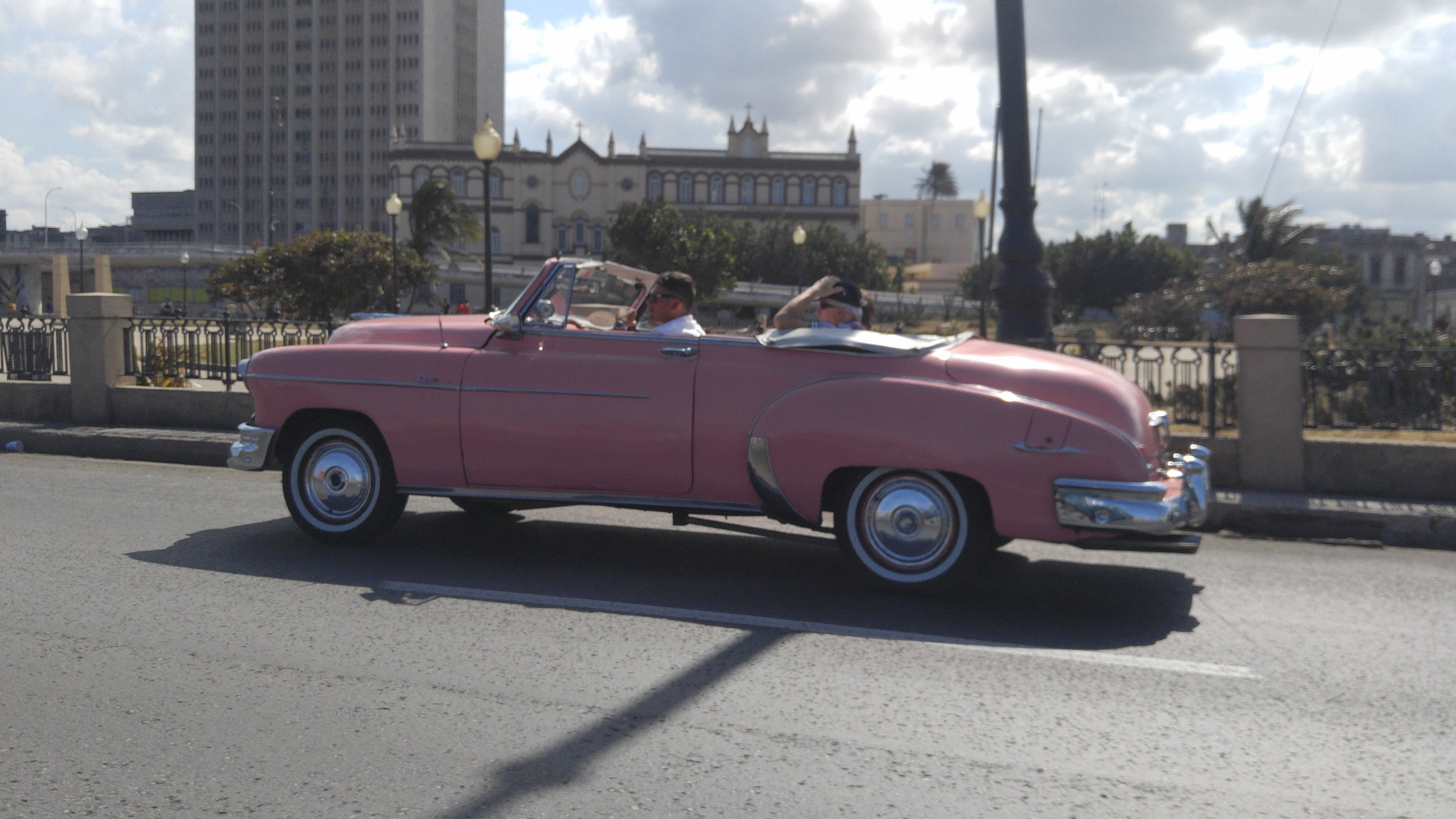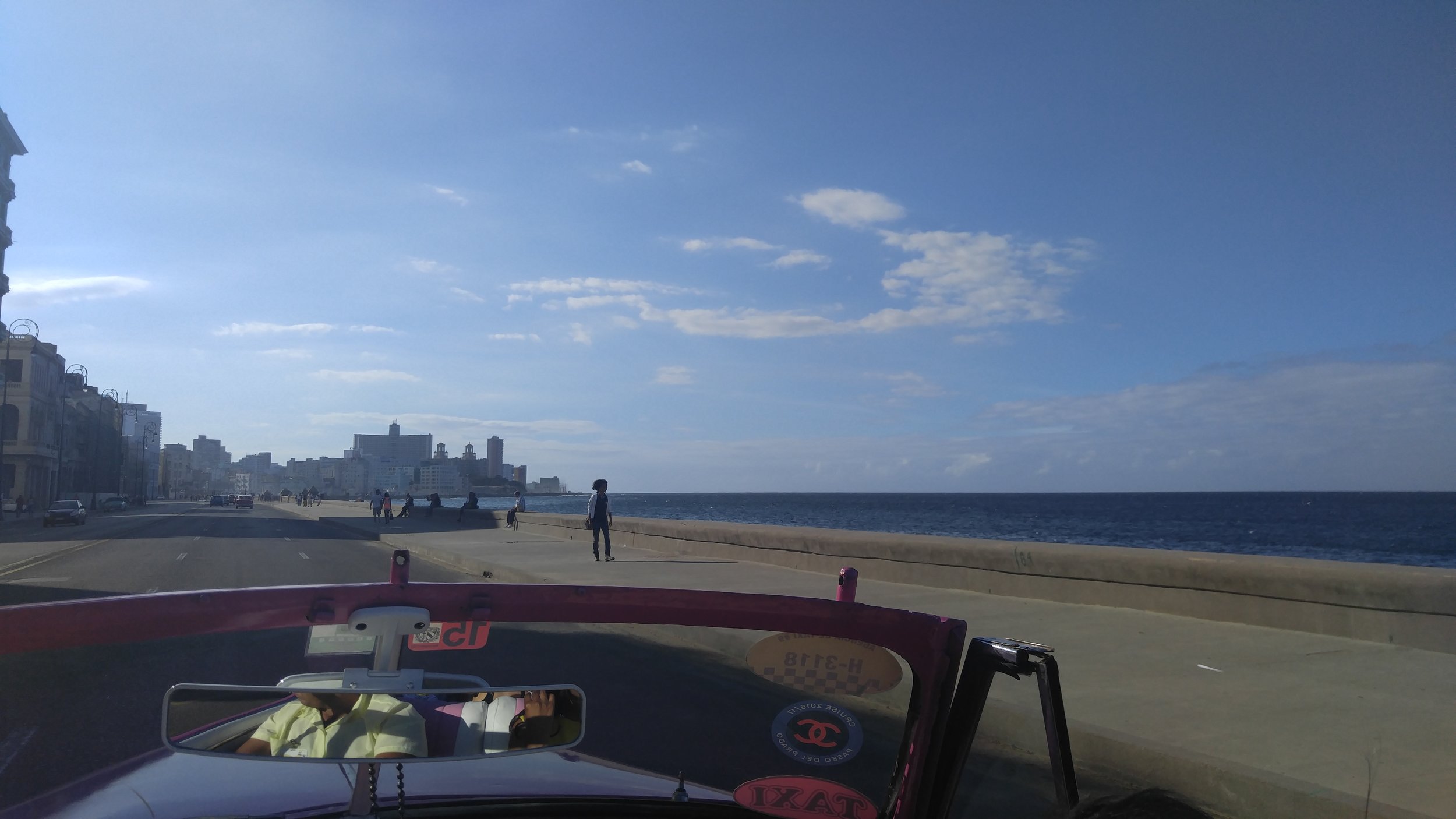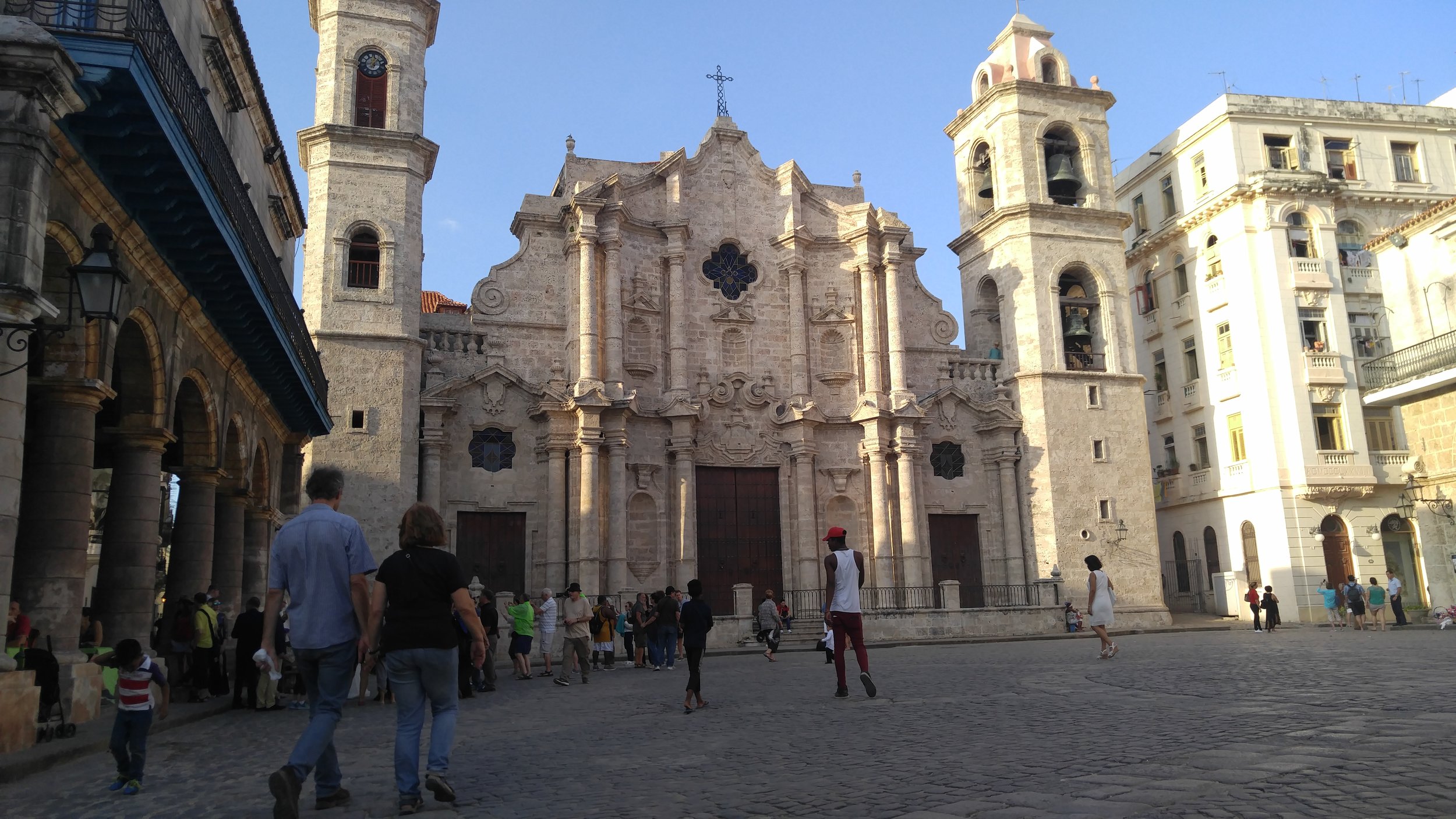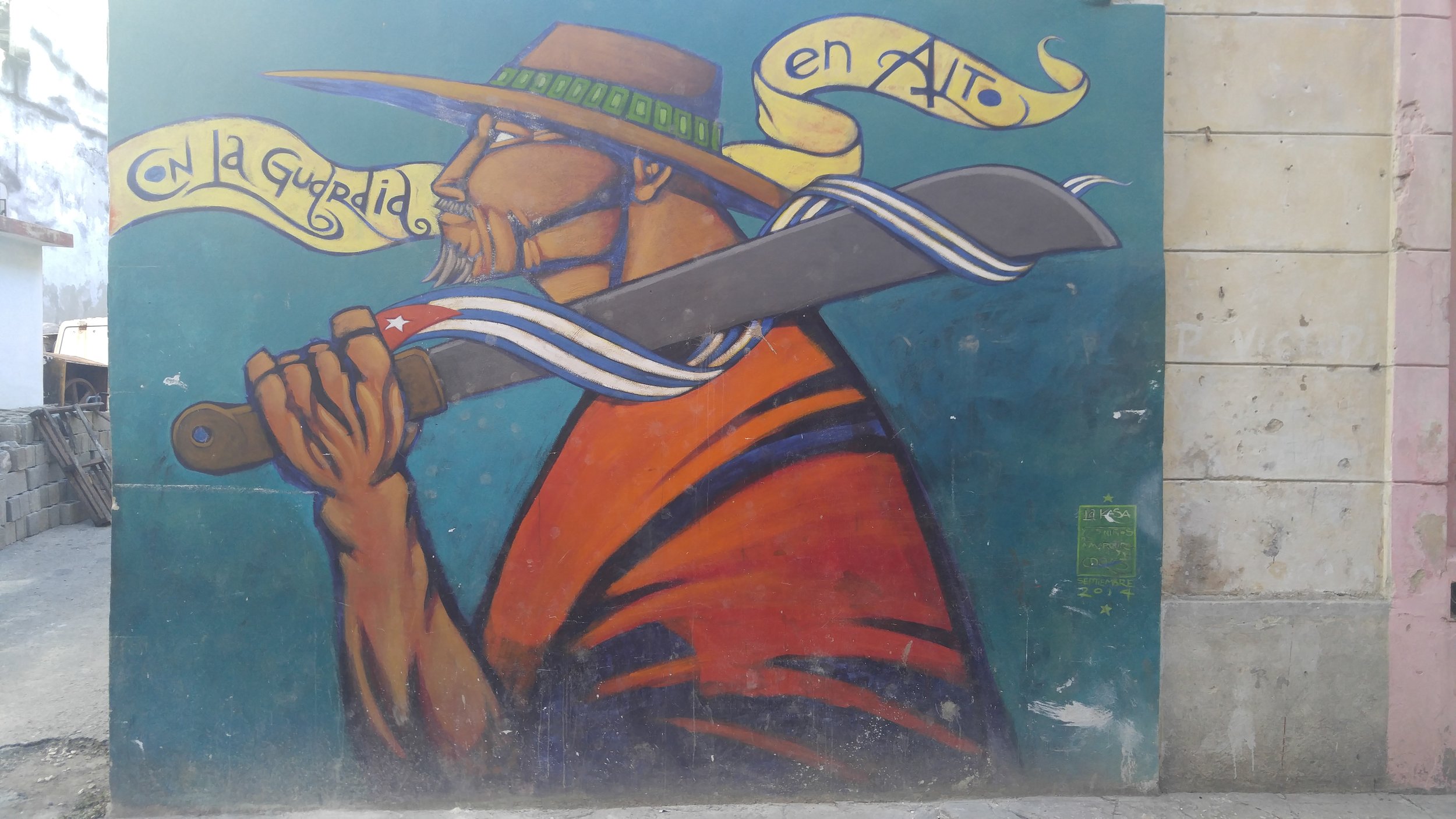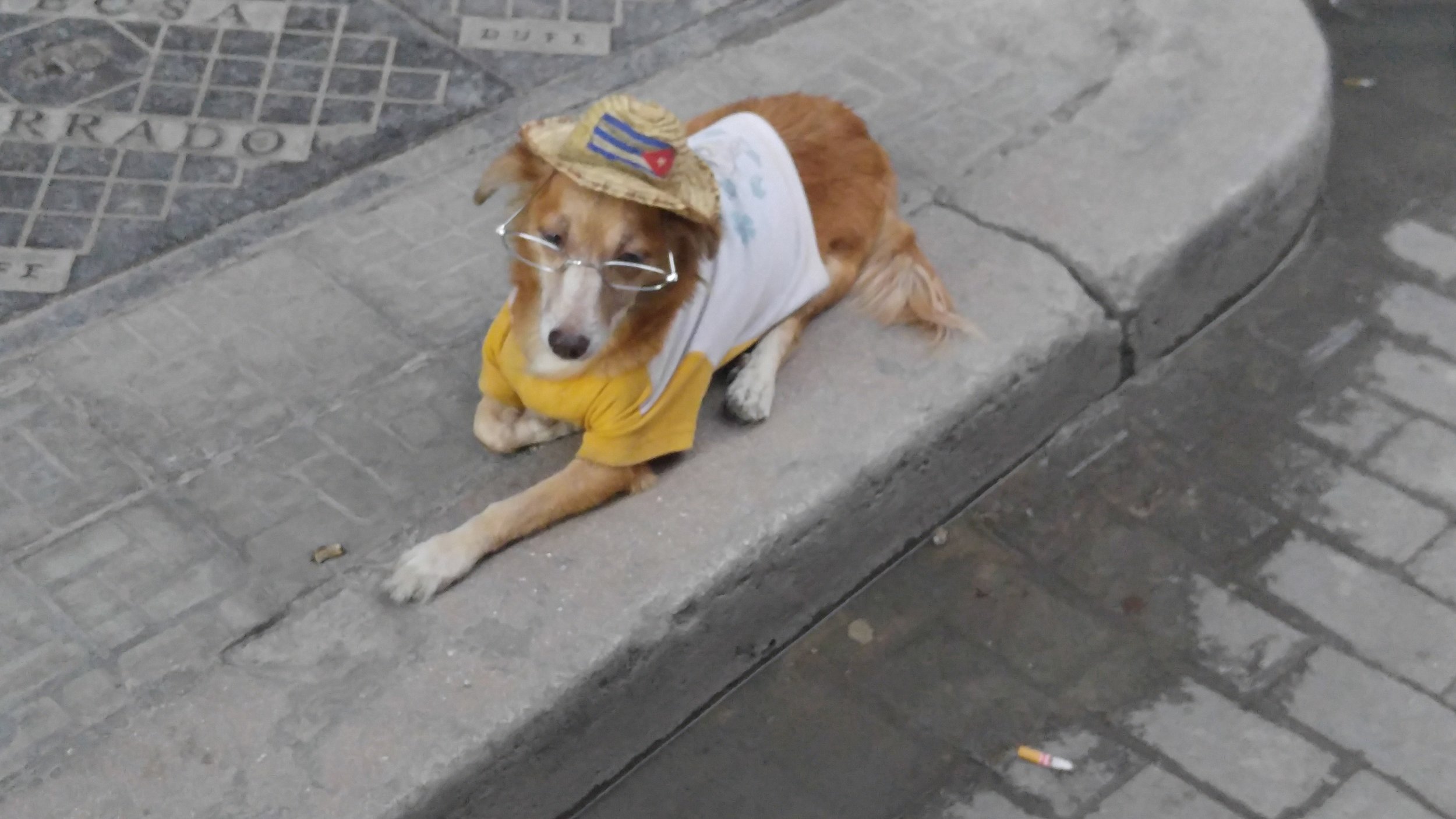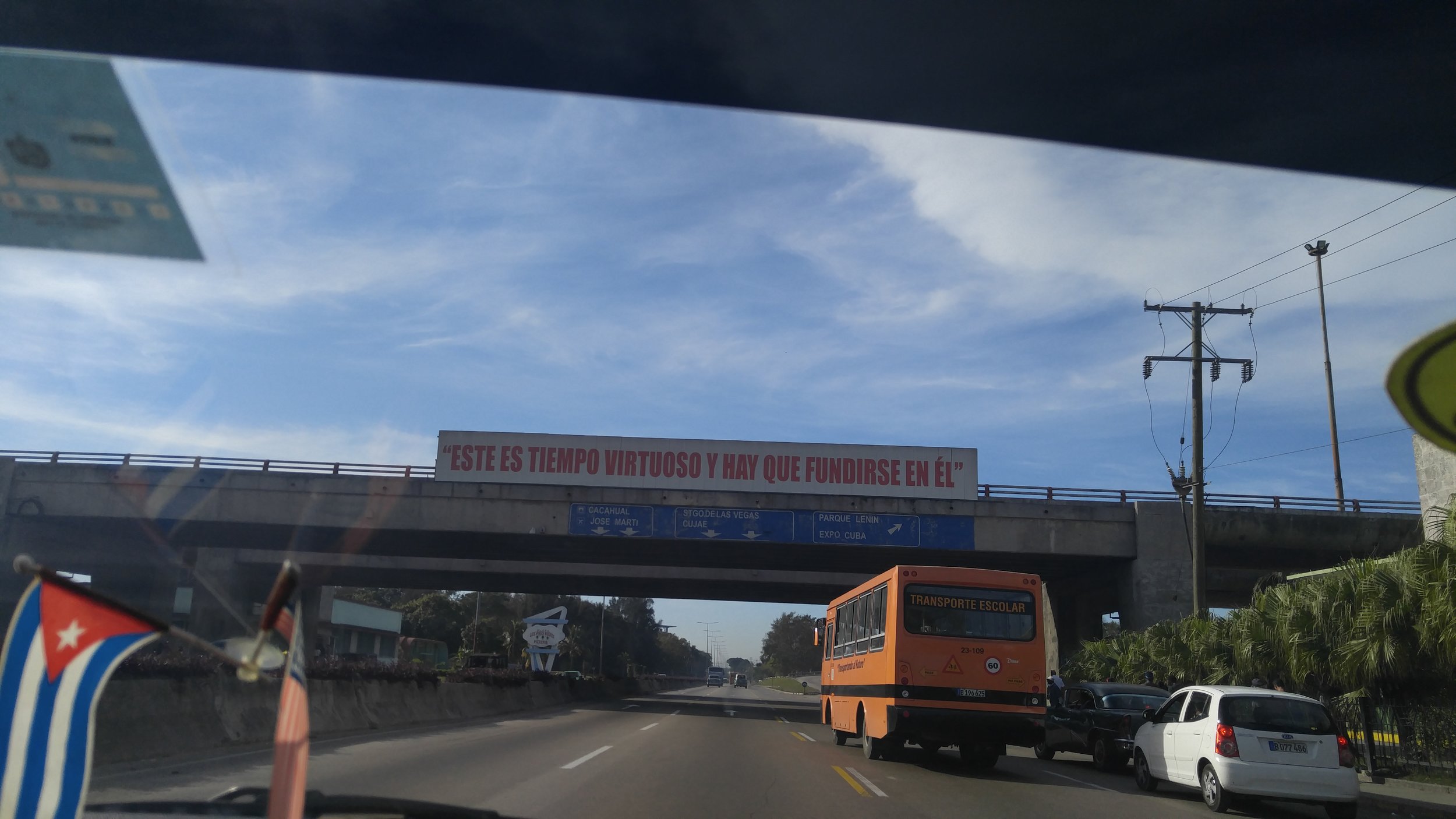Reflections from La Habana
As an American, few things are ever off limits…
Our passports hold a certain degree of clout. Our currency is widely accepted, and our common tongue is used by roughly 1 billion people in one form or another. Knowing just 90 miles south of our borders exists a place considered forbidden to us made an excursion to Cuba impossible to turn down. The recent re-opening of the US embassy in Havana, coupled with a loosening of US-Cuba travel restrictions allows Americans to travel somewhat freely to Cuba without having to pass through an intermediary like Jamaica, the Bahamas, or Mexico. Initially, I didn’t know what to expect; no one in my inner circle had ever visited, and Florida Cubans never really mentioned much about the island except to shame Castro, so I had no idea what to expect. Would there be any anti-American sentiment? Would I be detained for an ungodly amount of time in customs? Would I be questioned at random by local law enforcement? All of these things swirled around in my head as the plane landed at Jose Marti International Airport.
Well, any concerns of Anti-American sentiment were expunged within an hour of arriving. After a rather lengthy wait to exchange currency (don’t bring USD, Exchange your cash to either Canadian Dollars or Euros before arriving) I was greeted by an array of handshakes and smiles. Cuba is a Caribbean island, and in true form, the people are generally easygoing. Don’t be surprised if rum, or invitations to go out dancing are offered freely by anyone you should happen to strike up a conversation with. If you aren’t accustomed to drinking rum, you should quickly become so, or get used to paying extra for different spirits. Mojitos and Cuba Libres are the national cocktails of choice, and Havana Club is easier to find than bottled water at some stores. Beer and wine are pretty easy to come by as well, with Heineken being surprisingly ubiquitous at almost every establishment. Food is a regulated commodity, as Cuba still is in many respects, a communist nation. If you like pork, you’ll be in heaven. If you’re into fresh fruit and veggies, you won’t want for much. If you like chicken or seafood, you should be fine. In the mood for a steak? Good luck finding any, if you do, expect it to cost between 10-14 CUCs (Cuban Convertible Pesos) at minimum. To put it in perspective, the average meal for a local costs the equivalent of 2-5 CUCs, so anything above 10 is a healthy chunk of change. To save yourself some time and money, invest in securing a hostel or AirBnb before arriving. Most will accommodate breakfast for you at a cost of 4-6 CUCs, and guarantee a full stomach while you go out exploring for the day. For best results, expect to adhere to the standard times of breakfast, lunch, and dinner. Restaurants base their menus off of daily schedules, so if you go out for a late lunch anywhere outside of Habana Vieja’s tourist district, keep an open mind.
In terms of travel, taxi cabs are near impossible to avoid, mostly because they solicit their services on almost every corner. The US backed embargo on Cuban imports has largely relegated the car selection to soviet imports and classic American cars from the 50’s and 60’s. Don’t be surprised to see cab drivers wheeling classic Buicks and Fords, and for a few extra CUCs, you can tour the city in a convertible (I highly recommend doing this at least once). For a cheaper (and arguably more authentic) experience, hitch a ride in a Collectivo or a shared cab, they can be hailed from all over the city, and never cost more than 5 CUCs. For cheap excursions outside of the city, you can also try catching un Gua-Gua (named for the sound of the honking horns), but make sure you have at least a working knowledge of Spanish, or a written address down first.
On matters of culture, expect to see a rather complex fusion. Cuba’s current population is essentially the rhythmically inclined love child of Africa and Europe, with some indigenous blood mixed in. Everything from music, to food, to architecture pays homage to its diverse ancestry. Colonial Spanish architecture dots the skyline as salsa rhythms echo the streets while Santeristas, don colored beads that correspond to specific Yoruba Orishas walk the streets. Some locals will even confess to leaving some food on their plate at the end of a meal to feed Eshu, Nigerian trickster God. As diverse as the face of Cuba is, however, there are a few similarities between there and the US. Being a dark-skinned local still leaves you vulnerable to police harassment, especially when it comes to public interactions with fair-skinned tourists. In fact, one can be detained for seven to eight hours just for hanging with the wrong crowd in the tourist district. Publicly made statements against the state are also highly frowned upon. Large protests virtually come with a free ride in a police van. Politically, Cuba still seems pretty split; many are happy to see the changes that capitalism brings, since up until recently everything was controlled by the government. Now individuals have the opportunity to own their own property and generate their own disposable income. Conversely, some feel as though the passing of Cuba’s controversial leader will equate to more instability, and crippling inequality. Under Castro, education and healthcare were free. Want to dance ballet? Go to a dance school. Want to learn to build cars? Simply go enroll in classes, and don’t stress having to take out loans. To them, Cuba represents an alternative to the Western ideal. Standing atop the elegantly decorated Hotel Raquel, you get a sense of the craftiness of the city’s inhabitants. Decades of embargos and blockades have left the country without major global support, and thus much of Habana is indeed dilapidated; many structures are no longer fit to be inhabited, and expect to save money for years to afford one of those classic American cars we often see when we think of Cuba. Internet is a major issue, and expect to have to pay for the privilege of having access. The best places in town to use the web tend to be in public parks, so skip the internet café’s-the connection is horrible and it may take up to 30 minutes to open an email. Still, there is an electricity about the town that defies words. Looking out at the statue of Mercury atop the commerce center at sunset, noting the many references to la revolucion or la Patria, or even walking along the Malecon, watching waves crash against the sea wall, the Habana itself seems to face the Caribbean and silently say: Bring it.
I’m happy I got to see it before it changed too much.
For those curious souls looking for locales, see below:
History & Culture
- Museo de Bellas Artes
- Hemingway House
- Museo de la Revolucion
- La Plaza Catedral
- El Canonazo
- El Capitolio
- Rooftop Lounges
- Hotel Inglaterra
- Hotel Raquel
- Ambos Mundos
Bars & Restaurants
- La Bodeguita Del Medio
- El Bosquecito
- Café Europa
- El Gato Tuerto
- La Floridita
Nightclubs
- 1830 Club
- La Zorra el Cuervo
- Sarao


